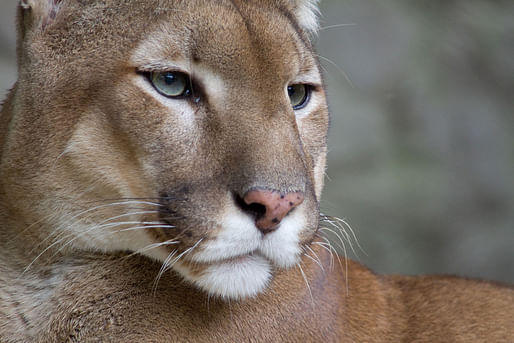

Female pumas kill more prey but consume less when their territories bump into human development, UC Santa Cruz researchers report in a new study based on monitoring more than two dozen pumas in the Santa Cruz Mountains. The presence of humans -- homes, roads, and other development -- means pumas are fearful and stay on the move rather than returning to a kill site to fully consume prey, the study finds — ScienceDaily
The research utilized data from tracking devices that record not only a puma's movement but also increases in speed and other behavior that signifies hunting behavior. Looking at the actions of 30 animals, the scientists were able to discern, among other things, that, "Females killed 36 percent more deer per year in developed habitats than in areas with little housing."
According to the report, increased kill rates suggest that the pumas are wasting more energy than they would in an environment devoid of human habitations. This also affects the population of prey species, in particular deer.
Studies like this shed light on the complex interdependency of human and non-human species. Architecture is never an exclusively human activity and, more often than not, we dwell at the expense of other species. For more information on this topic, check out Architecture of the Anthropocene (part 1 and part 2).
2 Comments
Everything is connected.
I blame gentrification, pushing out original inhabitants
Block this user
Are you sure you want to block this user and hide all related comments throughout the site?
Archinect
This is your first comment on Archinect. Your comment will be visible once approved.